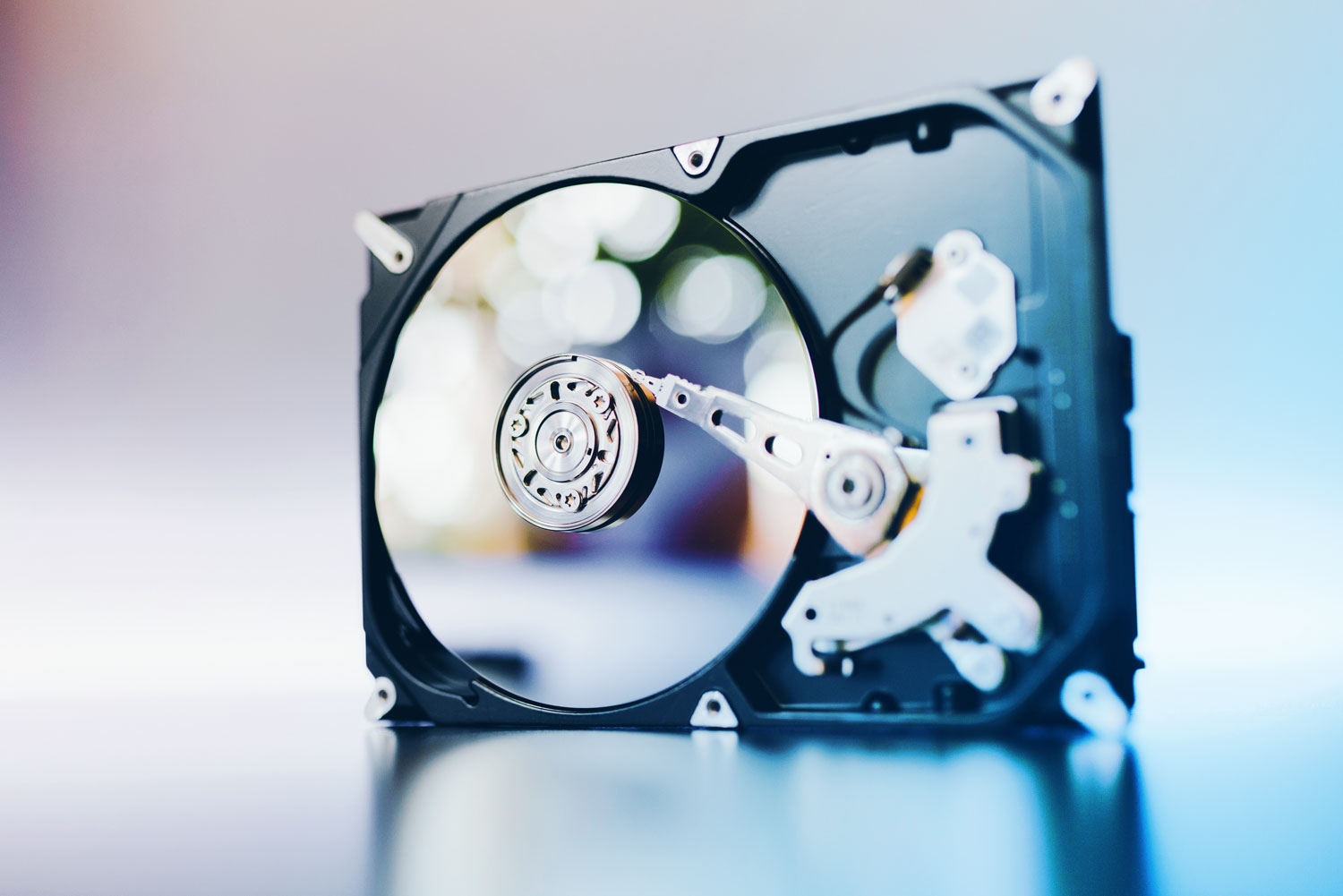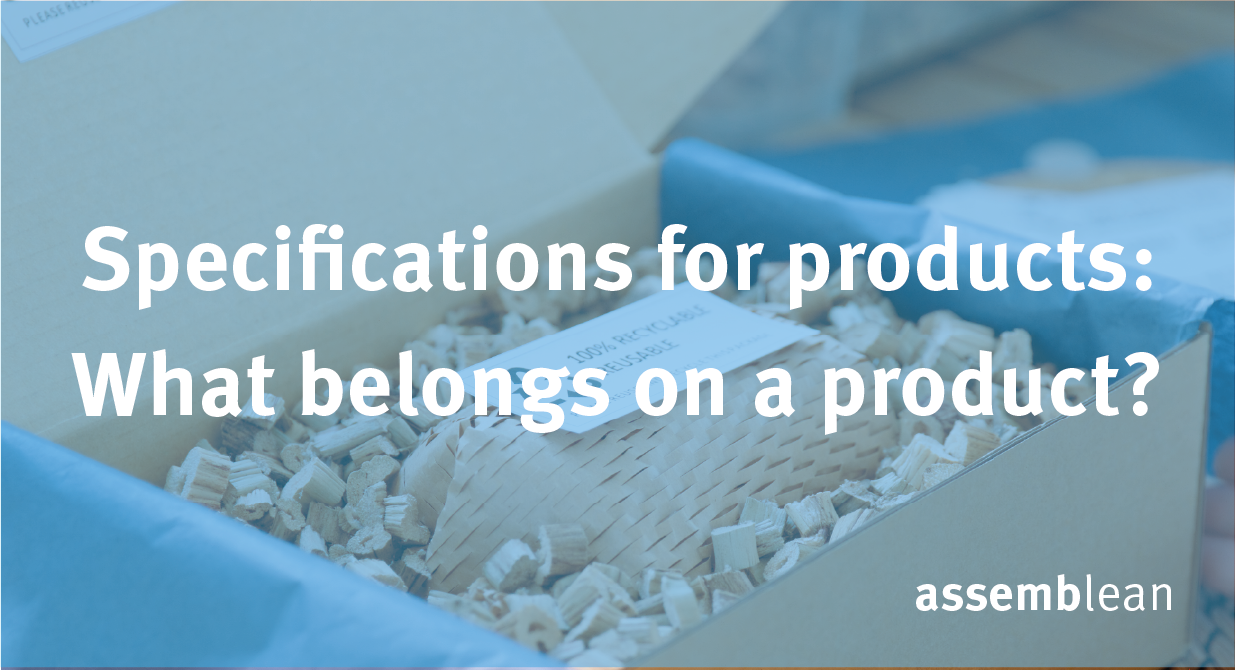Injection molding is one of the most widely used processes in plastics manufacturing and enables the efficient mass production of complex components with high precision. A central element of this process are the cores, which significantly determine the shape and function of the manufactured parts. This guide highlights the various aspects of cores in injection molding, from basic types and design principles to practical applications and future developments.
Basics of Injection Molding
Overview of the Injection Molding Process
In injection molding, molten plastic is injected into a mold under high pressure, where it cools and solidifies to form the desired component. The mold typically consists of a cavity that precisely mirrors the geometry of the end product. An essential part of the mold are the cores, which shape internal structures or cavities.
What are Cores?
The shape of an injection-molded part is composed of two main components: the cavity and the core. The cavity forms the outer shape of the part, while the core defines the internal structures, such as cavities or complex geometries. The precise design and placement of the cores are essential to ensure the desired material properties and the functional integrity of the part.

Different Types of Cores in Injection Molding
Solid Cores
Solid or rigid cores are non-movable and suitable for creating simple cavities or simultaneously required internal structures. They are more cost-effective to produce but offer limited flexibility for complex geometries.
Melting Cores
Melting or thermoplastic cores consist of low-melting materials placed into an injection mold and overmolded with plastic. The part and core are ejected together. The core is then melted out in a heated bath. This type of core allows for the creation of complex cavities and internal channels, as they dissolve during the molding process.
Rotating Cores
Rotating cores are turned during the injection molding process to create complex, twisting shapes that would not be possible with stationary cores. This technology is especially useful for parts with spiral or screw-like cavities.
Other Specialized Cores
In addition to standard types, there are specific core solutions for special applications, such as inflatable cores for creating hollow bodies or magnetic cores for integrating electronic components. These specialized types expand the possibilities of injection molding and enable the production of highly functional and innovative plastic parts.
How to Design Cores?
Design Guidelines and Tips
Effective core design requires considering several factors, including material flow, cooling, and minimizing stress in the finished part. They should be designed to allow for even plastic distribution while preventing air entrapment. The design should also facilitate the manufacturing and demolding process.
Placement of Cores and Cavities
The positioning of cores within the mold significantly affects the final product's quality. Strategic placement can optimize material flow and minimize warpage or distortion. The layout should also allow easy removal of them after cooling to reduce production time and costs.
Optimizing Parting Lines and Surface Quality
Parting lines appear where the mold halves meet. With precise core design and careful placement of these lines, smoother surfaces and improved aesthetics of injection-molded parts can be achieved. Optimized design also reduces surface defects and enhances overall part quality.
Core Venting
Long and thin cores tend to trap air. Therefore, venting notches or micro-drillings should be included. Alternatively, vacuum venting or mold inserts with air channels can be used.
Form-Fitting Cores
In form-fitting core designs, undercuts should be avoided through shut-offs or break-throughs. This allows parts to be pulled out and demolded in the main demolding direction.
What Diameter Should Cores Have?
The core diameter should generally be 2.5 times the wall thickness. If they are too thin are mechanically unstable and may break during ejection. For fiber-reinforced plastics, the core diameter can exceed 3 times the wall thickness.
How Long Should Cores Be?
Core length should not exceed 5 times the core diameter. Longer cores are prone to distortion or breakage. If they are supported or mounted on both sides, for example through reinforcements, they can be made longer.
Influence of Process Conditions on Core and Part Properties
Temperature, Pressure, Material Selection
Process conditions—especially temperature and pressure—directly affect the melting behavior of the plastic and the integration of the cores into the part. Choosing the right material is also essential to ensure optimal bonding and dimensional accuracy. Different plastics require specific process parameters to achieve the best results.
Influence on Mechanical Properties and Quality
Controlling process parameters can influence the mechanical strength, surface quality, and dimensional accuracy of injection-molded parts. Precise tuning of these conditions helps avoid defects such as voids or insufficient fill density, ensuring the durability and functionality of the finished parts.

Practical Applications and Examples
Examples in the Industry
In the automotive industry, cores are frequently used to form complex components such as air ducts or special brackets. Another example is in electronics, where they are used to integrate cooling channels into housings. In medical technology, cores enable the production of precise and functional plastic parts for medical devices.
Tools and Technologies for Cores
CAD Tools and Simulation
Modern CAD software offers specialized tools for designing and simulating cores. Virtual modeling allows potential issues to be identified early and design adjustments to be made before production begins. Simulations also help better understand and optimize material flow and thermal conditions during injection molding.
Manufacturing Techniques for Cores
Cores can be manufactured using various methods, including CNC milling, 3D printing, and additive manufacturing. Especially 3D printing enables the rapid production of complex cores, shortening development time and increasing design flexibility. Additive manufacturing techniques also open up new possibilities for producing customized and functional cores.
Challenges and Solutions
Common Problems When Using Cores
Common problems include avoiding air entrapment, accurately controlling melt flow, and reducing temperatures that could compromise core integrity. These challenges can negatively affect the quality and functionality of the produced parts if not properly addressed.
Strategies to Avoid Errors
Careful planning and optimization of core design, along with the use of suitable materials and process controls, can successfully address many of these challenges. Regular maintenance of the mold also helps prevent defects. In addition, advanced monitoring systems and quality controls can help identify and resolve potential sources of error early.
Future Trends and Developments
Innovative Materials and Methods
Current research focuses on developing new materials that allow better core integration while reducing cycle times. In addition, hybrid methods that combine additive and subtractive manufacturing are increasingly used. These innovations help further increase efficiency and flexibility in the injection molding process.
Automation and Digitalization in Injection Molding with Cores
Automation and the use of Industry 4.0 technologies enable more precise control and monitoring of the injection molding process. Through the integration of sensors and real-time data analysis, processes can be optimized and part quality continuously improved. Digitalization also promotes networking and data exchange between different production steps, leading to more efficient and flexible manufacturing.
Conclusion
Cores play a crucial role in the injection molding process and are key to producing complex and functional plastic parts. A solid understanding of the different core types, their design, and the influence of process conditions is essential for the successful production of high-quality injection-molded parts. With ongoing technological developments and innovative materials, the possibilities and efficiency in core applications will continue to grow, making the future of injection molding even more versatile and powerful.
👉 If you have further questions or a production idea, feel free to send us a request.


